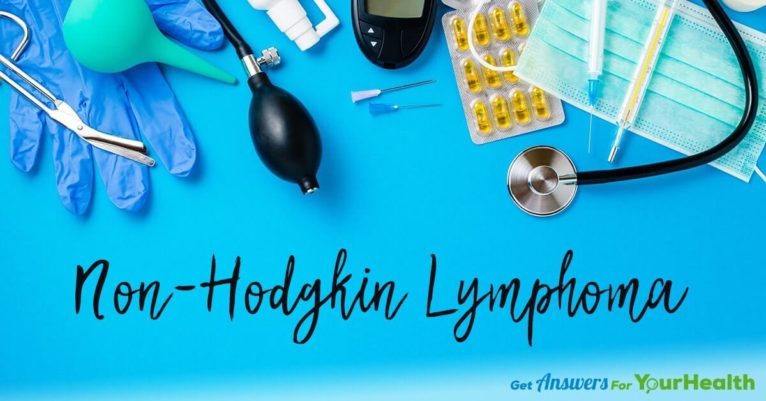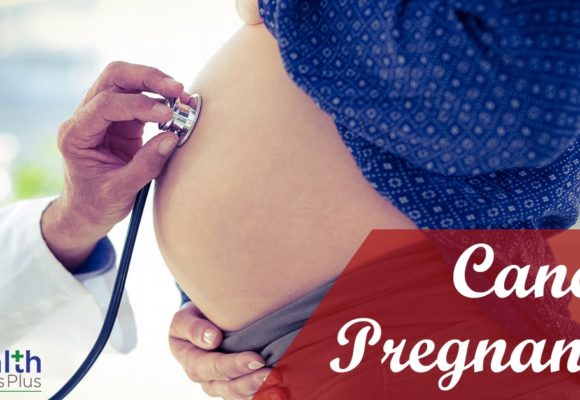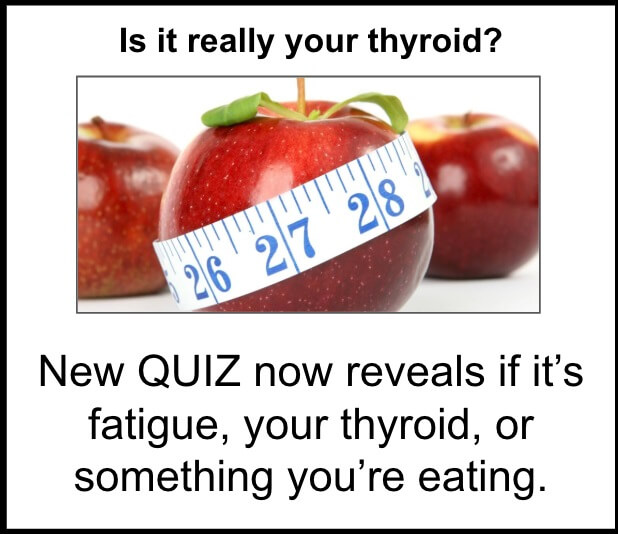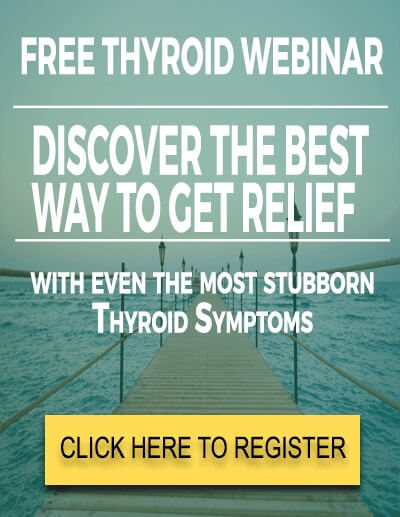1) Grab a FREE copy (Value $14.95) of one of my books Thyroid Symptom Overload
Just pay shipping $7.95 for any US orders. Or, if you want to pay full price plus shipping, order from Amazon :)
2) Take our Thyroid Quiz today and find out what "Thyroid Type" you have
This quiz will help you quickly discover where your symptoms are stemming from.
3) Join Our Thyroid Advocate Membership Site - Natural Thyroid Academy
FREE for a limited time. No credit card required.
4) Work with me and my team privately
Schedule your FREE 15 minute phone consultation and we can find out the best way to help you specifically.
Just the name of cancer causes paralysis in most. Just the mere mention of the word can lead to utter helplessness and resignation among patients. This is the reason why it is necessary to become aware of the affliction so that you are able to handle it and deal with it in the best manner possible.
Has your medical doctor just informed you or your loved one that you have non-Hodgkin’s Lymphoma? Scared witless? You can use that fight to fight the disease and come out a survivor. Here is all the information you need about signs, symptoms, causes, diagnosis and treatment of this type of cancer.
Facts about Non-Hodgkin’s Lymphoma
Considered to be the 6th most common type of cancer occurring in United States, Non-Hodgkin’s lymphoma is a cancer that takes place in the lymphatic system and the immune system of a body.
Reason? It is the abnormal growth of lymph cells which means that white blood cells start growing uncontrollably. It is not just one type of cancer but is a term used for a variety of differing kinds of cancer that occur in the lymph nodes, lymph tissues and the immune system.
Research shows that in the year 2017, 72,000 NHL patients will be diagnosed and out of these 20,000 may die. Hence the reason why it is essential that the disease be pointed out soon and treatment started. Studies also show that NHL is a disease that can be treated with ease if detected in time.
The thing about non-Hodgkin’s lymphoma is that there are too many subtypes and if they are type casted wrong, treatment does not work as per expectations. What’s more, another disease that it is mistaken with is Hodgkin’s disease which though has similar symptoms, has completely different treatment options.
So how is NHL caused, what are its symptoms, diagnoses and treatment plans? Here are easy answers for you.
Causes of Non-Hodgkin’s Lymphoma
When it comes to non-Hodgkin’s lymphoma, it is attributed to cause 5.1% of all cancer deaths. This is mostly because the condition is either diagnosed too late, misdiagnosed or because it was an aggressive cancer.
Some of the places with the highest occurrence of NHL include Oceania, Europe, North America and many African countries. Even though the 1960’s and 70’s saw a surge of the disease, it has since become stabilized with no drastic rise.
Causes of Non-Hodgkin’s lymphoma are still unclear. Some experts believe that people who has had other kinds of immune diseases like HIV or AIDS are more likely to acquire this kind of cancers. Others are of the opinion that heredity may play a role in its likelihood of taking place. Some medical experts also suggest that NHL can occur because of use of immunosuppressant.
Other diseases that increase the risk of NHL are celiac disease, Sjogren’s syndrome, rheumatoid arthritis, systemic lupus erythematous and other autoimmune diseases. Type II diabetes can also lead to the acquisition of non-Hodgkin’s lymphoma.
Still there is no absolute proof that the following things may be the exact reason for the occurrence of NHL.
Signs and Symptoms
Studies show that non-Hodgkin’s lymphoma can take place at any age. Yet people who are over the age of 60-70 are more likely to be targeted. Both males and females are equally susceptible. In most cases, the disease is painless, which is why it is not easily discovered. Other times, it could lead to some painful symptoms that alerts the patient into seeking a doctor. Here are signs and symptoms of NHL.
- Swelling of the lymph nodes
- Enlarged lymph nodes
- Swelling in the groin, neck or armpits
- Fever
- Chills or night sweating
- Loss of weight without any predictable cause
- Breathlessness
- Pain in the chest or feelings of constriction
- Enlarged spleen, tonsils or liver
- Skin rashes
- Abdominal swelling and/or pain
- Exhaustion
These are commonly occurring symptoms and not everyone may experience the same signs. Some people have absolutely no symptoms and hence the delay in diagnosis. If you have any of the above mentioned symptoms get in touch with your doctor immediately.
Can it be Helped?
The simple answer is yes, in most cases. Stats show that 70% of people who have non-Hodgkin’s lymphoma can be successfully treated and their cancers go in remission. But the thing to understand is this, every person has a different case of the disease and is treated differently. Therefore to say what the survival rate is, would be presumptuous.
What’s more, severity of the cancer and its type plays an important role. If the cancer is too aggressive, chances of recovery are low, especially if diagnosis was made in the 3rd or 4th stage. If on the other hand the cancer is slow growing and is diagnosed in its early onset, cure is evident.
Therefore, the most important thing is timely diagnosis by your medical doctor.
Diagnosis and Treatment
Diagnosis is made on the basis of physical symptoms, physical exam and tests, both blood and imaging. Once blood work confirms the presence of the lymphoma, biopsy is performed in order to accurately make diagnosis of NHL. Bone marrow testing is also done to detect if the cancer has spread or not.
Once correct diagnosis is made, treatment options are considered. You will be surprised to discover that quite a few times, treatment is not needed at all. Why? Because there are no apparent symptoms and the disease is very slow growing. The doctor will keep you under supervision in order to make sure that there is no spread of the cancer.
Other times treatment options include:
- Chemotherapy: A drug therapy where you are given cancer medication through injection or oral means. Chemo may either be needed alone or with some other treatment depending on type and severity of the cancer.
- Radiation: Cancer cells are killed off by radiation. This too is either performed alone or with combination of chemo.
- Stem Cell: A relatively newer procedure, this therapy is done after radiation or chemotherapy. Its aim is to kill of the lymphoma cells and then introduce new healthy cells in its place that are taken either from a donor or you yourself.
- Medicines for Immunity: Also called biological therapy, this treatment helps increase the strength of your immune system in order to better fight the cancer cells.
Remember, the sooner non-Hodgkin’s lymphoma is treated, the more chances of recovery. If it is not diagnosed in time, it could spread to rest of the body pretty swiftly. If you or someone you know has noticed symptoms as described in this article, get checked by your medical doctor as soon as possible.
References
https://www.cancer.org/cancer/non-hodgkin-lymphoma/about/what-is-non-hodgkin-lymphoma.html
http://www.cancerresearchuk.org/about-cancer/non-hodgkin-lymphoma
http://www.jnccn.org/content/9/5/484.extract








